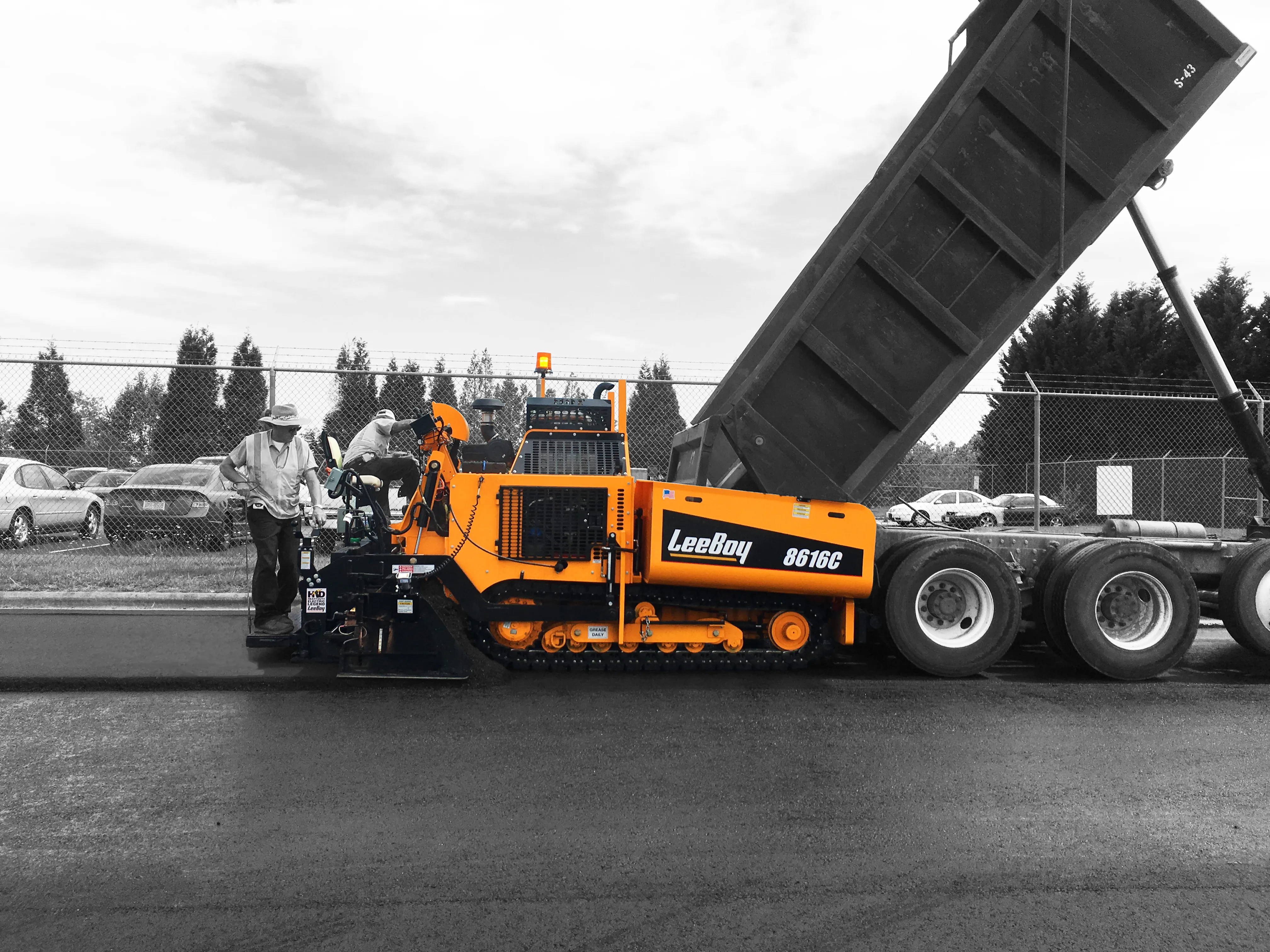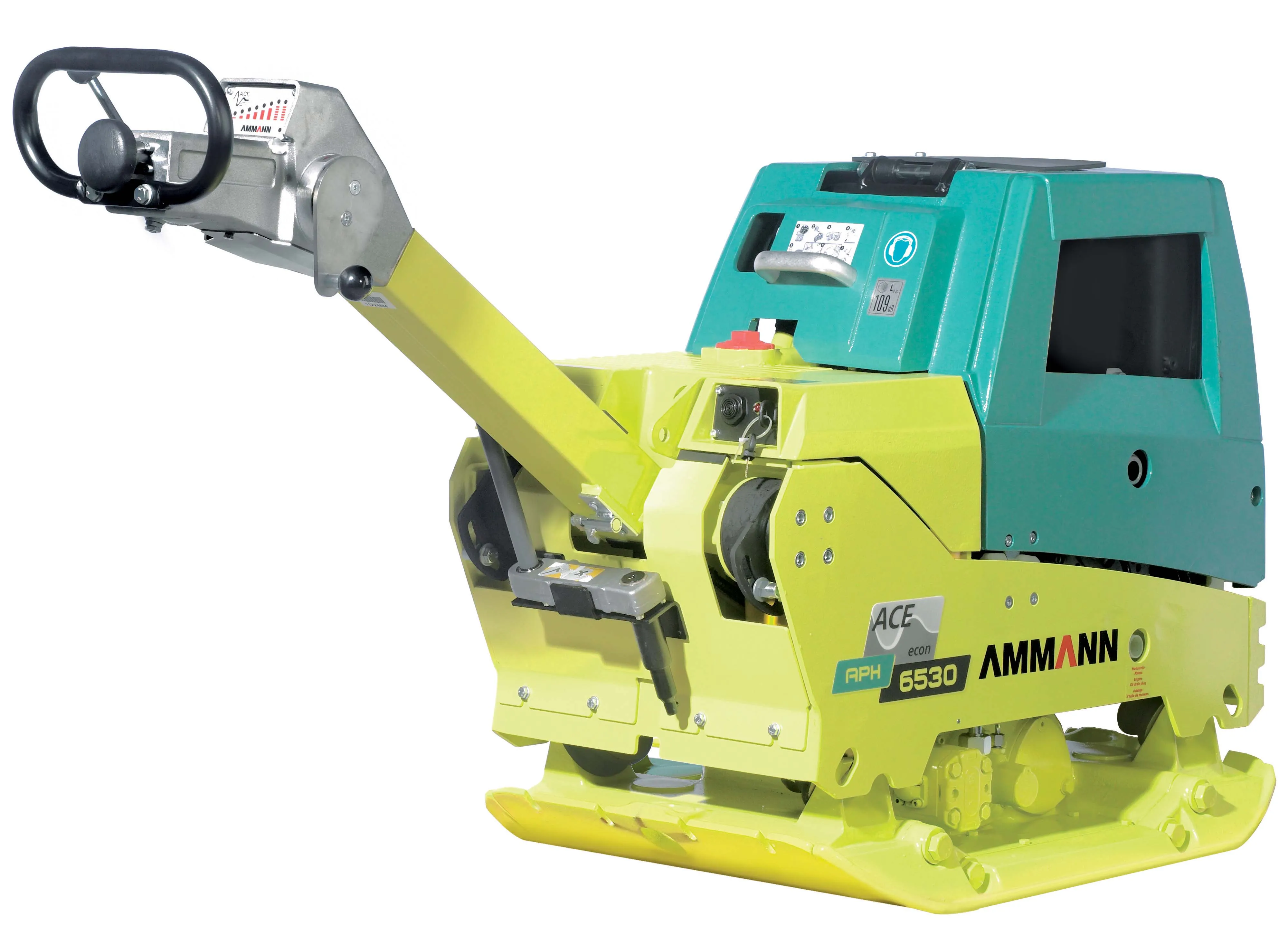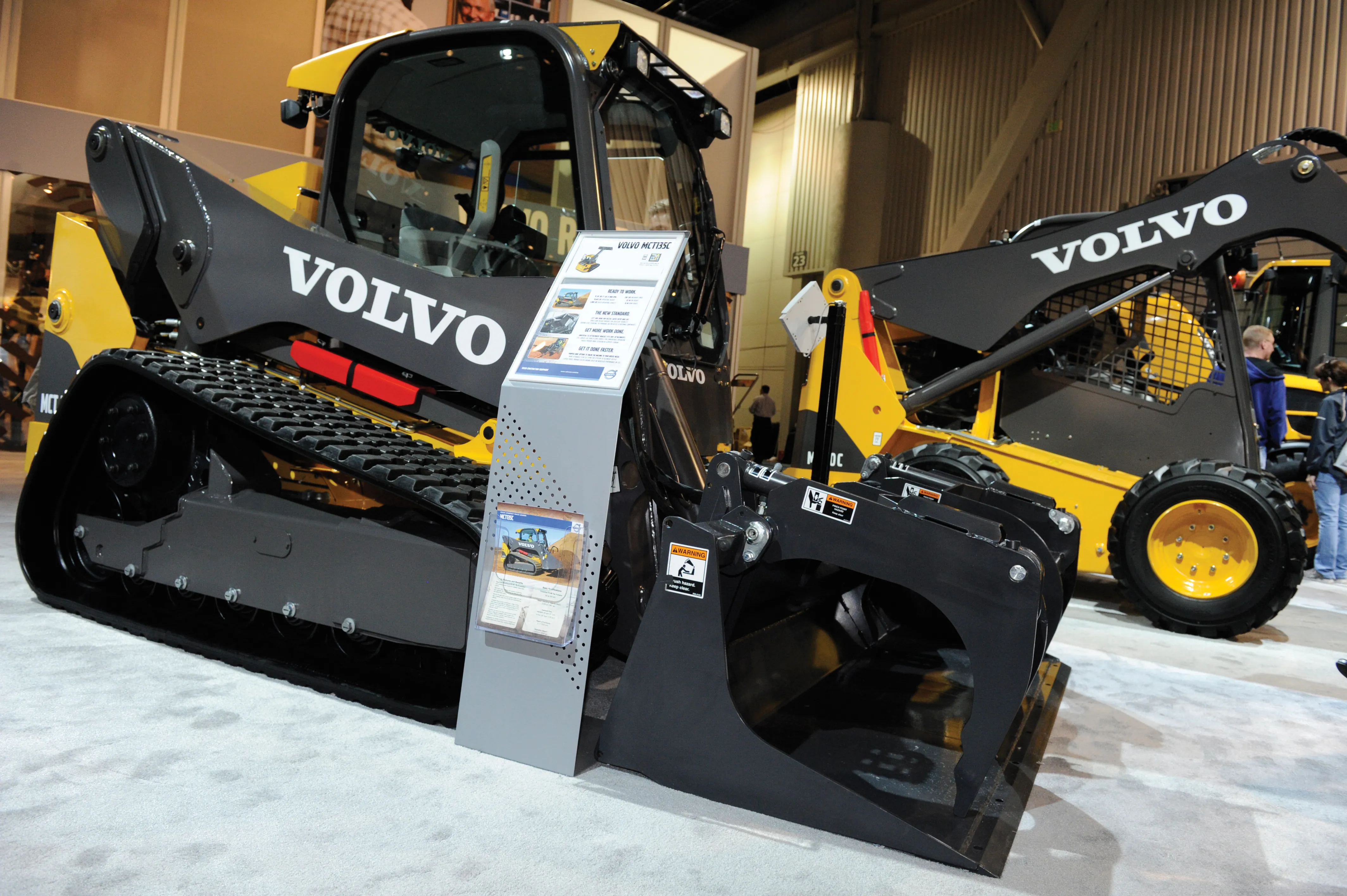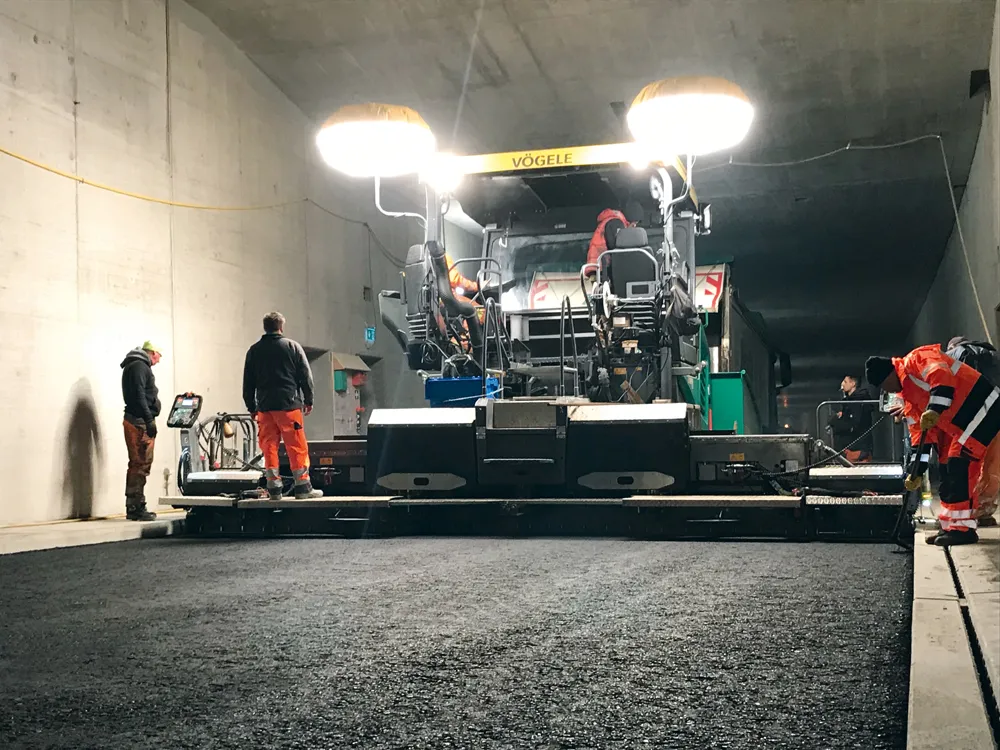717 LeeBoy has revamped its asphalt paver offering, with a series of model upgrades as well as new machines. All four of these models are equipped with the firm’s proven HD Legend Screed with electric heating and can be used for paving widths of up to 4.5m. All four are available in either high or low deck variants, as well as efficient materials management technology. The machines are equipped with LeeBoy’s wide, slow-moving conveyor system that is said to be highly efficient and moves material consistently from the truck to the screed for better mat quality. The 8520, 8515E and 8616E all have sliding operator stations as well as heavy-duty undercarriages and tracks, while the 6150E is a wheeled paver model that has the same operator control layout as its siblings.
The high-performance 8616E model is powered by a Kubota diesel delivering 82.7kW that meets Tier 4 Final requirements, with a 12kW generator powering the screed and any attachments. The 8520 features a Tier 4 compliant, 79kW Kubota diesel along with an 8.2tonne capacity hopper and also has a 12kW generator. The 8515E has a 10kW generator, is powered by a 48kW Kubota diesel that meets Tier 4 emissions requirements and has a 6.8tonne capacity hopper. The 6150 has a 55kW Kubota diesel allowing paving speeds of up to 4.2km/h and travel speeds of 12km/h. The 6150E’s hopper holds up to 6.35tonnes of material while the machine has the option of electric or gas heating for the screed.










